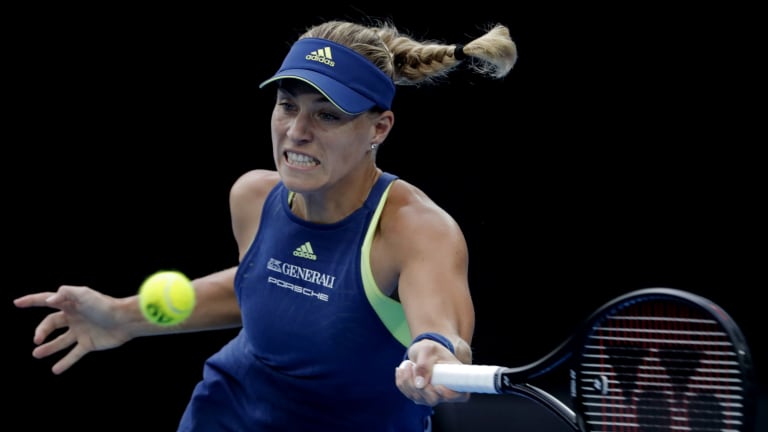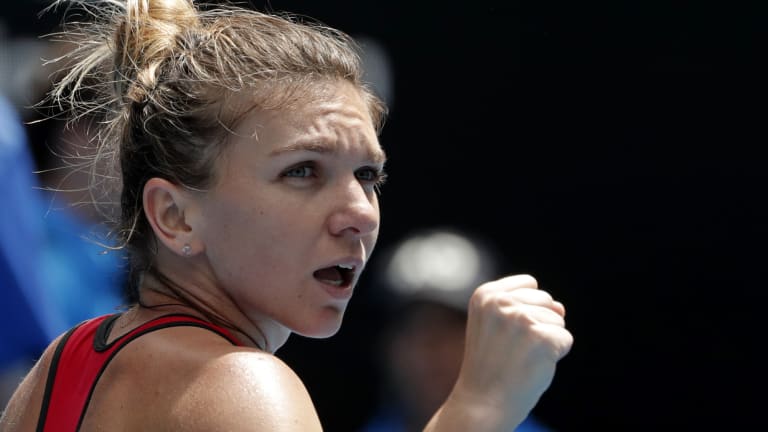The Loss Cam—the camera that follows a defeated tennis player down the tunnel and into the locker room—is one of the crueler innovations in sports. It seemed even more so on Saturday, as it tracked young Alexander Zverev’s journey out of Rod Laver Arena and into oblivion.
The 20-year-old German, who is expected to make big strides at the Grand Slams this season, had just been beaten in the most mortifying manner imaginable. After leading one set to love, and two sets to one, he had allowed a peer and potential future rival, 21-year-old Hyeon Chung, to storm back and bagel him in a fifth set. The fact that we all got to watch as Zverev trudged, hollow-eyed, away from the scene of the disaster only added insult to injury.
By the time he had reached the interview room, though, Zverev had gathered himself, left oblivion behind, and managed to put the defeat in perspective. He was characteristically honest in his self-assessment.
“I have some figuring out to do, what happens to me in deciding moments in Grand Slams,” Zverev said. “It happened at Wimbledon. It happened in New York. It happened here.”
Match point:

